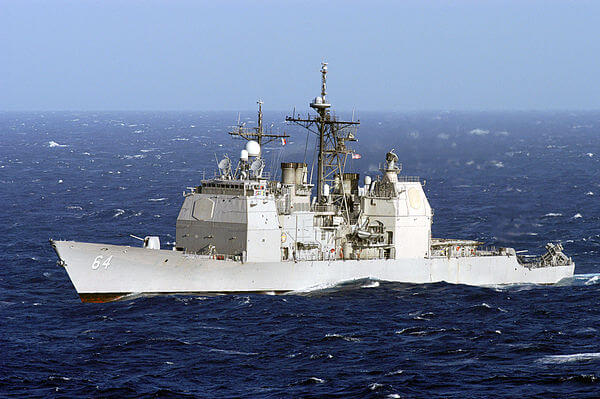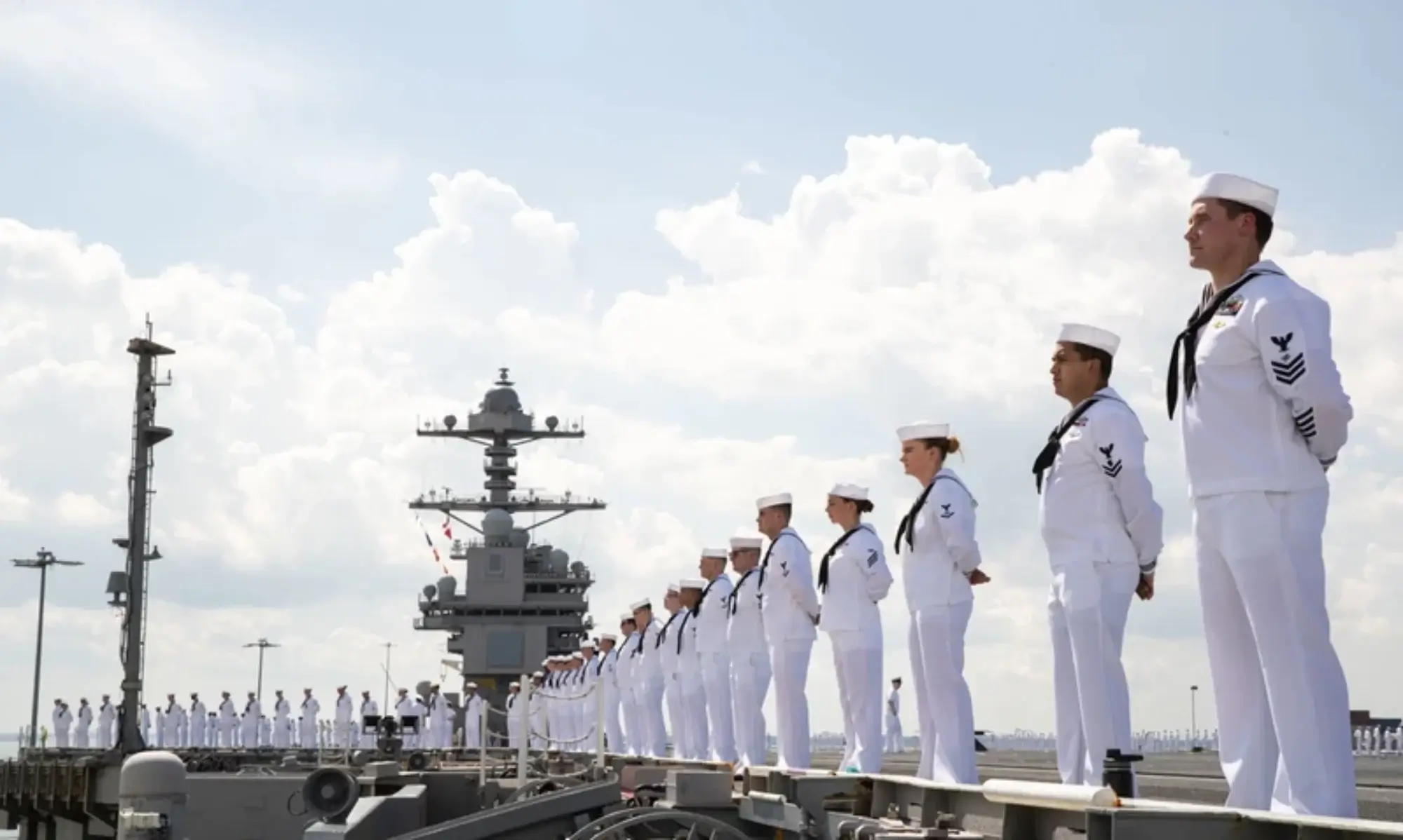
In a recent decision reflecting the Navy’s commitment to sustaining fleet capabilities, Secretary of the Navy Carlos Del Toro announced that three Ticonderoga-class guided-missile cruisers—USS Cape St. George (CG-71), USS Gettysburg (CG-64), and USS Chosin (CG-65)—will remain in service beyond their originally planned decommissioning dates.
This decision extends their operational lives by a collective 10 years, with USS Gettysburg and USS Chosin having recently completed significant modernization upgrades. USS Cape St. George is slated to wrap up its upgrades this fiscal year.
These ships are vital assets in maintaining naval power, particularly as new ships are still under construction. The modernization program has equipped these cruisers with advanced hull, mechanical, engineering, and combat systems, ensuring they meet the material readiness standards needed to support Navy missions worldwide.
Notably, USS Chosin recently demonstrated the Navy’s Transferrable Reload At-sea Mechanism (TRAM) technology, allowing for at-sea missile reloading from a replenishment ship. This innovation underscores the importance of maintaining a fleet ready for action without needing to return to port—a key capability in contested regions.
Originally, the Navy had aimed to keep half of its Ticonderoga-class cruisers operational into the 2030s. However, challenges in the modernization program led to the retirement of many cruisers, with only three completing the upgrades necessary to remain in service. This announcement comes on the heels of a similar extension for 12 Flight I Arleigh Burke-class destroyers, which, together, mark a strategic push to preserve fleet strength while waiting for new vessels.
These extensions are not just about numbers but a clear commitment to a robust Navy ready to face global challenges. As new technological advancements become part of the fleet’s capabilities, maintaining these battle-tested platforms ensures the Navy continues to meet its objectives in an evolving security landscape.

